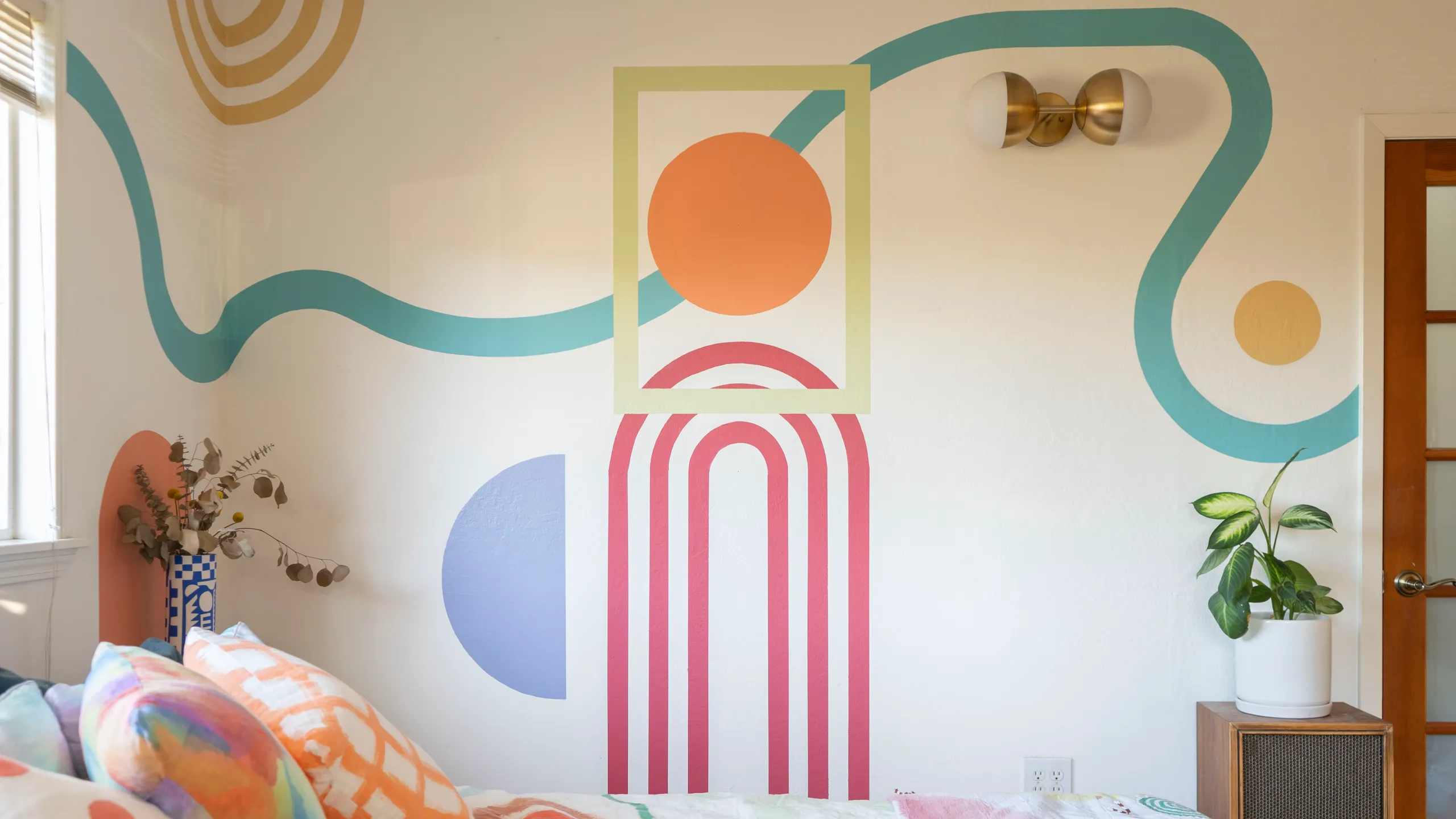When setting up art pieces for your spaces, consider the following key factors:
• Theme and Style: Ensure the art aligns with the overall theme of the room. Whether it’s modern, minimalist, traditional, or eclectic, your art should complement the aesthetic of the space.
• Size and Proportion: Consider the scale of the artwork relative to the room and other elements. A large piece can serve as a focal point, while smaller pieces may work well in clusters or as accents.
• Color Palette: Choose art that complements or contrasts harmoniously with the room’s color scheme. Bold, vibrant pieces can energize a room, while neutral or soft-toned art can create a calming effect.
• Placement and Balance: Ensure the artwork is placed at eye level for optimal viewing. For larger pieces, hanging them centrally or above key furniture can enhance balance. For gallery walls, consider the layout.
• Lighting: Proper lighting can enhance the visual impact of your art. Natural light is ideal, but consider using spotlights or picture lights to highlight specific pieces.
• Texture and Medium: Mixing different textures adds depth and interest. Consider how the medium fits with the room’s atmosphere.
• Personal Connection: Choose pieces that resonate with you personally or evoke a certain mood or memory. Art should reflect your personality and create an emotional connection.
• Functionality of the Space: Think about the room’s purpose. In a living room, you might want art that inspires conversation, while in a bedroom, soothing or introspective pieces might be better.
• Framing and Presentation: The right frame can elevate a piece of art. Choose frames that complement both the artwork and the room’s décor, and ensure the art is securely mounted.
• Budget: Decide on a budget for acquiring and framing art. It’s possible to find meaningful pieces at various price points, including original works, prints, or local artist pieces.
Would you like advice tailored to a specific space you’re setting up? Reach out to us on Instagram or Facebook.
Why Leonard Da Vinci is considered the most influential artist of all time One of the most influential artists of all time is Leonardo da Vinci. His impact on art transcends time due to his mastery across multiple disciplines (painting, drawing, science, and anatomy). Born in 1452 during the Italian Renaissance, da Vinci embodied the spirit of innovation and creativity that defined the era.
His painting, the Mona Lisa, is perhaps the most famous artwork in history, revered for its revolutionary use of sfumato (a technique of blending colors and tones seamlessly) and its enigmatic expression. The Last Supper, another iconic piece, is a master class in perspective, capturing both depth and emotional intensity, and serving as a template for future narrative art.
Beyond painting, da Vinci’s notebooks are filled with detailed anatomical drawings, inventions, and studies of nature, which highlight his insatiable curiosity and dedication to understanding the world around him. His interdisciplinary approach has influenced not only artists but also scientists, engineers, and thinkers.
Leonardo da Vinci’s fusion of technical skill, profound curiosity, and visionary ideas has made him a central figure in the development of Western art and culture, shaping the trajectory of artistic expression for centuries.




